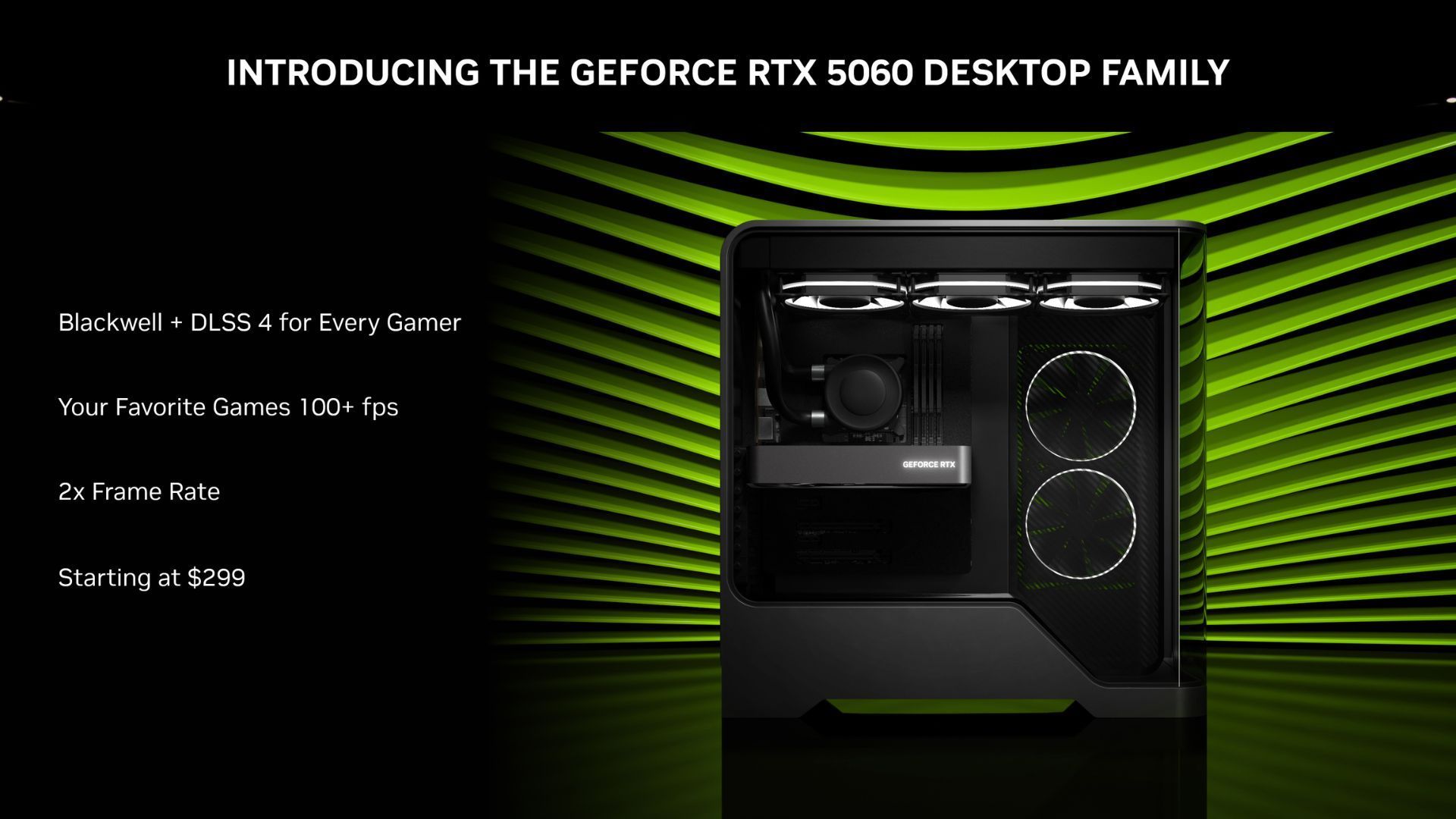
Facebook’s poke feature now includes streaks, similar to Snapchat’s daily streaks
The classic Poke returns on Facebook with streak mechanics, encouraging daily interactions via a profile button.
NVIDIA, long celebrated for its dominance in gaming hardware, is setting its sights far beyond the realm of PCs and consoles. At the recent “GeForce RTX Future of AI” showcase in New Delhi, the tech giant gave us a glimpse into its ambitious vision, blending cutting-edge gaming hardware with groundbreaking AI innovations. Hosted by John Gillooly, NVIDIA’s Senior Tech Marketing Manager for Asia Pacific South, the event introduced the new RTX 50 series GPUs while underscoring the company’s pivot toward AI-driven technologies. Let’s dive into what this means for gamers, creators, and the broader tech landscape.
The star of the show was the GeForce RTX 5050, a budget-friendly GPU priced at Rs. 27,000 (~$315), set to hit shelves in the second half of July 2025. Built on NVIDIA’s advanced Blackwell architecture, this GPU promises a significant leap in performance, boasting DLSS 4 with Multi-Frame Generation for up to eight times more FPS in modern gaming titles. This technology ensures smoother, more immersive gaming experiences, even on more affordable hardware. For gamers, this is exciting news, as it brings high-end performance within reach.
However, NVIDIA made it clear that the RTX 5050, 5060, and 5070 GPUs won’t yet support some of the more demanding AI features, like the innovative G-Assist, due to bandwidth limitations. For those looking to explore NVIDIA’s full AI capabilities, higher-end models like the RTX 5090 may be the way to go, offering up to twice the performance of its predecessor, the RTX 4090, in both gaming and AI workloads.

While gaming remains a core pillar, NVIDIA’s showcase emphasized its growing investment in AI. John Gillooly reiterated that gaming is still at the heart of NVIDIA’s identity, but the company is increasingly leveraging its hardware for AI applications. One standout was NVIDIA G-Assist, a personal AI assistant designed to optimize gaming performance. Imagine asking, “How can I boost my framerate?” and getting tailored suggestions to tweak your settings for the best experience. G-Assist even integrates with devices like Logitech and Nanoleaf to adjust lighting, creating a fully immersive setup.
Beyond gaming, NVIDIA introduced NVIDIA NIMs, pre-trained AI models packaged as microservices for easy deployment in data centers or self-hosted environments. These models, including DeepSeek and Mistral AI, are powered by NVIDIA’s TensorRT, which offers faster responses and smaller libraries compared to competitors like DirectML. This makes AI more accessible for businesses and creators, whether they’re building apps or streamlining workflows. For instance, tools like NVIDIA Broadcast enhance streaming with AI-driven noise removal and virtual backgrounds, showcasing practical applications for content creators.
NVIDIA’s pivot to AI isn’t just about new tech—it’s about reshaping how we interact with devices. The company’s AI SDK powers over 150 creator apps, from video editing software like Topaz Video AI to platforms like BiliBili. By integrating AI into affordable hardware, NVIDIA aims to democratize access to powerful tools, making them available to small businesses and individual creators, not just tech giants. This aligns with broader industry trends, as seen in innovations like Samsung’s AI enhancements and Google’s AI-driven search features.
The live demos at the event, including G-Assist and NVIDIA Broadcast, highlighted how AI can enhance everyday tasks, from optimizing gameplay to improving streaming quality. However, the reliance on high-end GPUs for some features raises questions about accessibility. As NVIDIA continues to innovate, balancing performance with affordability will be key to bringing AI to the masses.
The Delhi showcase signals NVIDIA’s intent to lead the AI revolution while maintaining its gaming legacy. With the RTX 50 series and tools like G-Assist and NIMs, the company is building a future where AI enhances not just gaming but creativity, productivity, and even industrial applications. As NVIDIA expands its reach, we can expect more integrations with platforms and devices, making AI a seamless part of our digital lives.